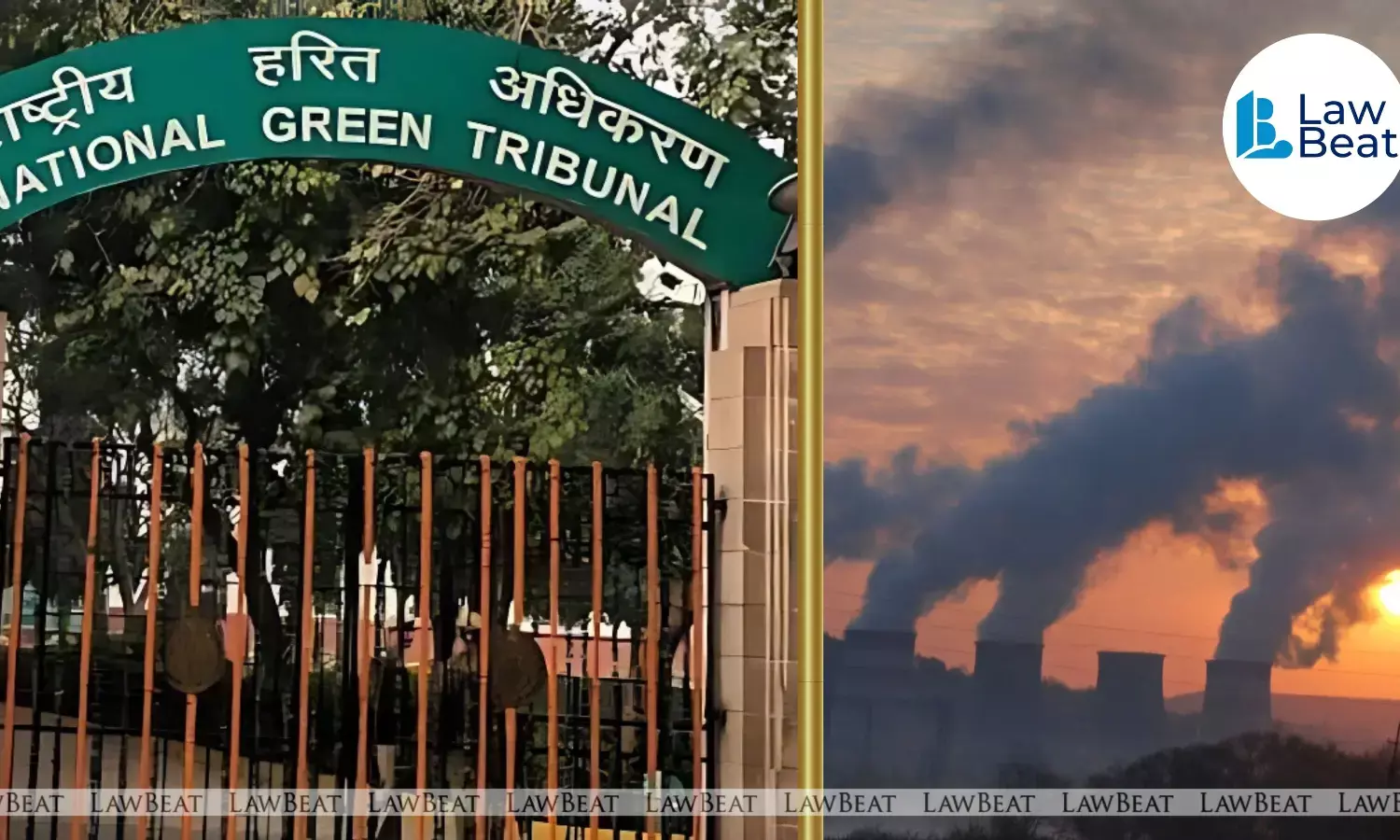Ground Level Ozone Pollution Under NGT Scrutiny; Expert Panel to Be Formed

CPCB Flags Rising Ozone Levels Across 10 Cities; NGT Seeks Coordinated Action
The National Green Tribunal (NGT), Principal Bench, New Delhi, has taken cognisance of the alarming rise in ground level ozone pollution across several major Indian cities, calling attention to one of the most complex and under acknowledged forms of urban air pollution. The matter arises from a report published in Down To Earth on August 6, 2024 highlighting a significant increase in ozone levels across urban India.
The Bench comprising Mr. Justice Prakash Shrivastava, Chairperson, and Dr. A. Senthil Vel, Expert Member, heard the matter on September 26, 2025.
During the proceedings, the Central Pollution Control Board (CPCB) submitted its latest report dated September 25, 2025, analysing ozone concentrations from 178 monitoring stations across 10 metropolitan regions; Delhi-NCR, Mumbai, Kolkata, Hyderabad, Bengaluru, Chennai, Pune, Ahmedabad, Lucknow, and Jaipur.
The Tribunal took the report on record, noting its serious findings and the need for immediate policy level intervention.
According to the CPCB’s data, ozone exceedances beyond the 2% threshold were observed at 65 out of 178 monitoring locations in 2023. Delhi NCR recorded violations at 25 out of 57 locations, and the Mumbai Metropolitan Region at 22 out of 45. Other regions, including Pune (6 of 12), Jaipur (5 of 6), Hyderabad (2 of 14), Bengaluru (1 of 11), Chennai (1 of 7), Ahmedabad (1 of 10), Lucknow (1 of 6), and Kolkata (1 of 10), also registered exceedances.
The Tribunal noted that this pattern reflected widespread and recurring ozone formation across diverse climatic zones and emission profiles.
The CPCB further reported that one-hourly exceedances were observed in nine locations during 2023, most prominently in Delhi NCR and Mumbai.
The problem intensified during the warmer months, with 10 stations exceeding limits in the summer of 2023 and 24 stations during summer 2024, of which 21 were in Delhi NCR alone.
Night time exceedances were also observed at 8 monitoring locations, suggesting a consistent accumulation of ozone in the lower atmosphere.
The report attributes the formation of ground level ozone to photochemical reactions involving nitrogen oxides (NOx), volatile organic compounds (VOCs), carbon monoxide (CO), and methane (CH₄), which react in the presence of sunlight and heat.
Major anthropogenic contributors include emissions from vehicles, industries, and thermal power plants, while natural contributors such as biogenic VOCs, wildfires, and soil emissions of nitrogen compounds also play a role.
The Tribunal observed that Delhi-NCR and Mumbai showed the highest concentrations, a consequence of dense vehicular activity, industrial operations, and climatic conditions conducive to photochemical smog formation.
Referring to a related case, O.A. No. 605/2024, the CPCB informed the Tribunal that it had already proposed a detailed study to identify and recommend targeted measures for controlling ozone and its precursors.
The Ministry of Environment, Forest and Climate Change (MoEF&CC) has endorsed this proposal and recommended the constitution of an Expert Committee consisting of specialists in atmospheric science, air quality management and environmental engineering.
By its earlier order dated August 21, 2025, the Tribunal had directed MoEF&CC to submit the proposed Terms of Reference and list of experts for the committee within four weeks. During the present hearing, counsel for the CPCB sought permission for this matter (O.A. No. 1069/2024) to be heard jointly with O.A. No. 605/2024, given the overlapping issues and similar reliefs sought. The Bench granted the request and ordered that both cases be clubbed for consideration.
The Tribunal has now listed the matter for further hearing on November 12, 2025, when MoEF&CC is expected to apprise it of the progress made in constituting the Expert Committee and the measures proposed to curb ozone formation.
The Bench observed that the findings point to a systemic issue requiring a coordinated response involving scientific assessment, emission source mapping, and region-specific mitigation strategies.
Ground level ozone, a secondary pollutant and a major component of smog, has been identified as a significant threat to public health and agriculture, linked to respiratory ailments, reduced lung function, and crop damage.
The Tribunal's monitoring of this issue highlights the need for proactive regulatory mechanisms and scientific coordination between central and state agencies.
The forthcoming committee’s recommendations are expected to serve as the foundation for a national framework addressing ozone and its precursors.
Bench: Mr. Justice Prakash Shrivastava (Chairperson) and Dr. A. Senthil Vel (Expert Member)
Case Title: News Item titled “CSE report finds dangerous increase in ozone pollution across urban India” appearing in Down To Earth dated 06.08.2024
Date of Order: September 26, 2025
